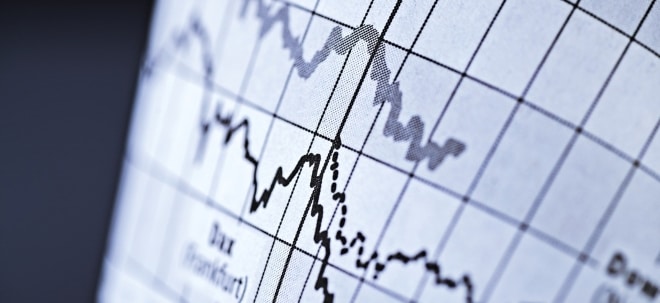1. NEURONAUT: 162 infizierte Probanden werden nicht gebraucht - bzw. nur dann, wenn alle vorangegangenen read-outsinconclusive waren. Schaut diesbezüglich noch mal in die FDA-Folien vom letzten Donnerstag, da stehen die Kriterien (mit Konfidenzintervallen etc.) klar drin. Wenn von insgesamt 32 Infizierten beim ersten read-out maximal 6 aus der Impfgruppe, und der Rest aus der Plazebo-Gruppe stammen, ist der von der FDA geforderte Nachweis erbracht. 2. SONCHAI: Ja, Du hast recht. Das Studienprotokoll spricht von symptomatisch infizierten, wobei da BT/Pfizer den Begriff "symptomatisch" wohl etwas weiter als andere fassen. Eines der typischen CoViD19-Symptome (Husten, Fieber o.ä.) müssen die Probanden schon aufweisen, damit sie gezählt werden. Insofern könnte zumindest in den USA, wo ja inzwischen relativ breit getestet wird und nicht mehr noch wie im Frühjahr alle unsymptomatisch Infizierten durchs Raster fallen, auch der eine oder andere Proband in der Statistik aufgetaucht sein, der zu schwach symptomatisch war, um letztlich mitgezählt zu werden. Dies gehört zu den Fragen, die während der Validierung geklärt werden. Den Punkt haben natürlich weder ich, noch SVB Leerink und Konsorten in den Modellen bedacht. Könnte eine plausible Erklärung dafür sein, dass bis heute noch keine Effektivitätsbewertung vorliegt. Anderes Thema: Ich hatte mir mehr zu den Komplexen Studie 3-Kosten und Preisbildung erhofft - da gab es nichts in der Präsentation. Habe mir aber zur Preispolitik noch mal das Transkript der PK zum 2. Quartal angesehen (Hervorhebung durch mich): Randall S. Stanicky - RBC Capital Markets, Research Division - MD of Global Equity Research & Lead Analyst.
(..) And then the second question, just on the vaccine, how should we think about U.S. versus OUS pricing given that you disclosed the U.S. contract with the U.S. government, but we may not get color OUS?
Angela Hwang - Pfizer Inc. - Group President of Biopharmaceuticals Group
The pricing strategy for our vaccines is universal across the board. And it is based on volumes, advanced commitments, equity and affordability principles. So this agreement in the U.S. that you referred to relates to the first 100 million doses for which Pfizer will receive $1.95 billion, and this is assuming the regulatory approval or authorization. And if the government would like to purchase an additional 500 million doses, it would be at that same price and it's also subject to future mutual agreements.
Switching over to the EU or ex U.S., I think, was your other question, how we're thinking about that. Again, we're using the same pricing principles across the globe. And specifically, I won't be able to disclose to you the content of those confidential discussions. But again, the principles are the same. And because of that, no country in the developed world will receive doses at a lower price than the U.S. for similar volume commitments.
Albert Bourla - Pfizer Inc. - Chairman of the Board & CEO
Yes. And I want to emphasize what Angela said in her statement that no country in the developed world, which means Europe, Japan, all the
countries that are developed right now, will not receive a lower price for the same volume commitment than the U.S. But that, of course, excludes African countries or other countries that they don't have the means to pay over there. We may do exceptions and offer it to lower price.
https://s21.q4cdn.com/317678438/files/...SQ_Transcript_2020-07-28.pdf
Also eindeutig: Die 19,50 USD/ Dosis sind Mindestpreis für die OECD (kleinere Mengen können teurer werden), und gelten insbesondere auch für die mit der US-Regierung vereinbarten optionalen 500 Mio. Dosen. Für afrikanische Länder, oder andere Länder mit wenig Kaufkraft, kommen niedrigere Preise in Frage. |


 Thread abonnieren
Thread abonnieren

